Last updated on May 30th, 2023
The wonderfully weird octopus may be as close to alien life as we can get today. Human lineage diverged from it about half a billion years ago, and our evolution took radically divergent paths. Octopuses developed unique survival mechanisms, including a highly adaptive body and surprising behaviors. They also have a level of intelligence that rivals the brightest mammals. Studying them helps us see the world from a different perspective. The lessons could potentially lead to industrial and medical breakthroughs. Read on to learn 50 interesting facts about octopuses.
Octa means eight and most of us know that
1. Octopus means eight feet in Greek. The radial limbs attach directly to a large head called the mantle – a characteristic of cephalopods, including the squid and the cuttlefish. These appendages help them move, hunt, and hide.
300+ species
2. Over 300 species of octopus roam every ocean on Earth. Some are under an inch, while others grow up to 30 feet. The lightest adult octopus weighs less than a gram. The largest recorded specimen is roughly 600 pounds.
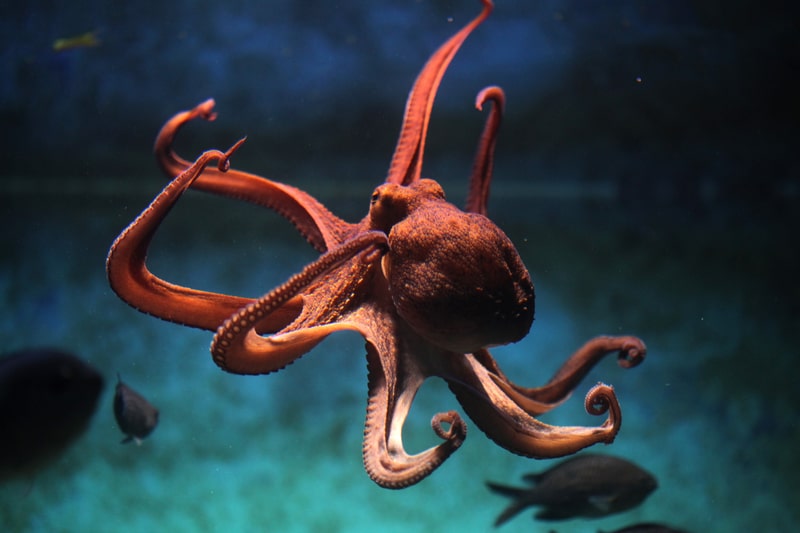
Evolved from mollusks
3. Ancient cephalopods had protective shells. However, the load slowed them down. Creatures who ditched these got faster, enabling them to catch prey and evade predators. The modern octopus evolved from these mobile mollusks.
Not always eight!
4. They did not always have eight arms. In 2022, researchers published a study on a vampyropod fossil with ten functional limbs. It is the oldest known octopus ancestor at 328 million years old. Its scientific name is Syllipsimopodi Bideni, after President Biden.
Squids vs Octopuses
5. Do not confuse the squid with the octopus. Squids have ten appendages and a more triangular head. They also swim near the surface, while octopuses often roam in the deep.
Time for some magic
6. Houdini, who? The octopus is arguably a better escape artist. These soft invertebrates can squeeze into holes bigger than their beak and eyeballs. It lets them hide from predators and escape aquariums when boredom strikes.
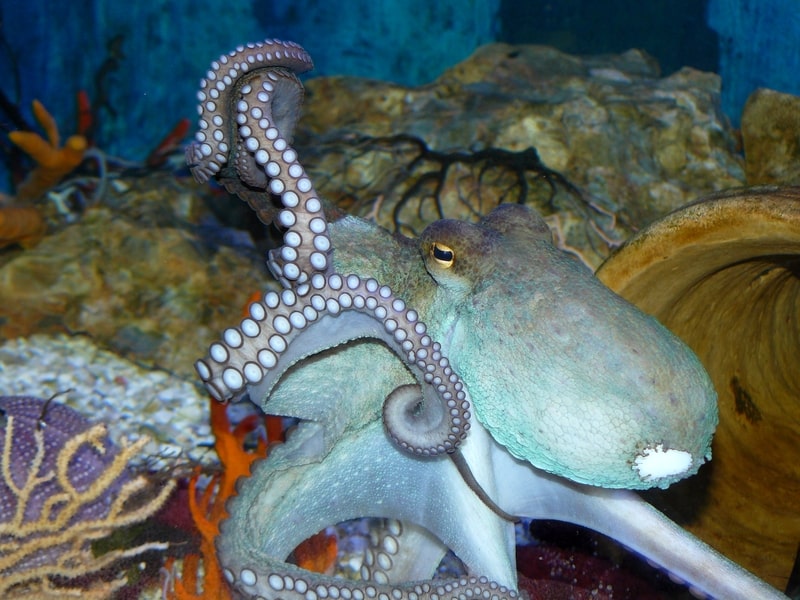
Theirs is blue, yours is red, right?
7. Octopus blood is blue. It can transport oxygen more efficiently in cold environments with low oxygen levels. The color comes from high amounts of a copper-based pigment called hemocyanin. Three hearts pump this blue blood: two for the gills and one for the rest of the body.
Arms for sensing
8. Octopus arms are super sensors. These can detect chemicals, essentially tasting and smelling whatever they touch. They can also think independently, with severed arms reacting to stimuli for up to an hour. Lost limbs can regrow, but it takes several months.
Gills and skin
9. The octopus extracts oxygen from the water through its gills. It can also breathe through the skin, which absorbs 41% of its oxygen requirements while resting and 33% while swimming.
Propulsion for speeding through the water
10. When an octopus is not in a hurry, it crawls to conserve energy. It can go faster by swimming with tentacles. For maximum speed, it expels a jet of water out of a siphon, propelling it in the opposite direction in a movement known as backward swimming.
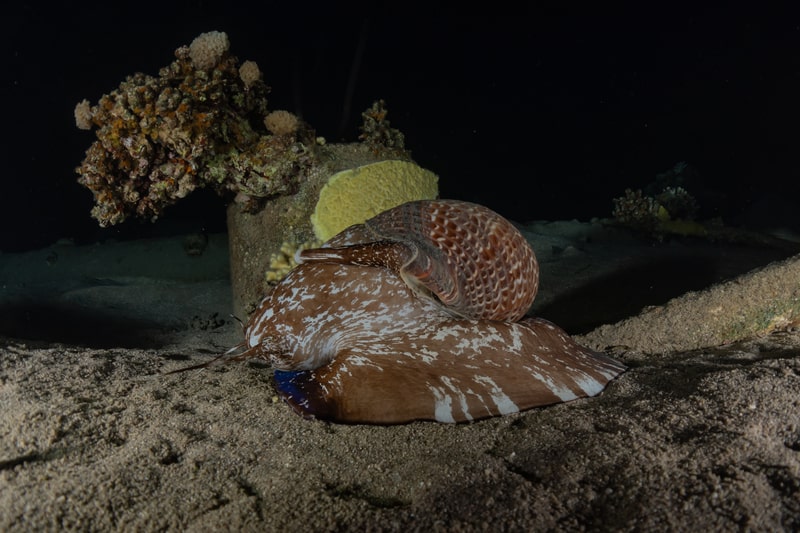
Its skin can see!
11. The octopus is a camouflage crackerjack. Losing its shell was a blessing in disguise because it evolved neat tricks to compensate. Its photosensitive skin can see the colors around it and mimic these in the blink of an eye.
New environment, new texture
12. Realism is the name of the game. The octopus does not stop at color. It also changes texture to match the environment. The surface of the skin has ridges called papillae that morph at will.
Tackling threat
13. These deep-sea actors are talented shape-shifters. They can manipulate their bodies to look like dangerous creatures. They can also discourage attacks by appearing like bad-tasting prey.
Some tricks up their sleeves
14. The octopus can use discarded shells as armor. When traveling to barren areas, they may bring coconut husks as their mobile homes. They crawl inside when they sleep, protecting themselves from whales, seals, and large fish.
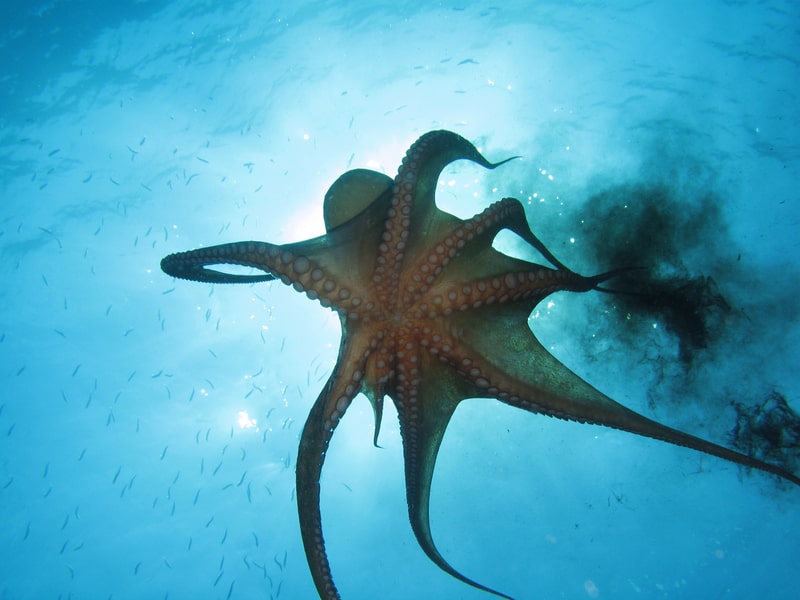
Ink for defence
15. Predators, beware! The octopus can squirt dangerous dark ink. The mixture of melanin and mucus can impair sight, smell, and taste. It can also suffocate gills. Even the octopus can suffer upon exposure, so it quickly bolts away.
What’s in dinner?
16. The octopus is a carnivore that often feasts on crabs, shrimps, mollusks, worms, and lobsters. It typically drops from above and swarms prey with its arms. It can also drill holes in shells to inject toxins and use saliva to induce paralysis.
Kill with a partner
17. The anti-social octopus can work with others if necessary. They may form a hunting party with fish, but communication can be challenging. A frustrated octopus may punch its fish partners.
Venom, yes sure!
18. All species of octopus are venomous, but most are non-fatal to humans. They may use this toxin against powerful predators to gain the upper hand.
A bit lazy
19. The octopus is a lazy eater. It avoids large prey with tough shells like moon snails. It does not waste energy on scallops, limpets, abalone, and other creatures stuck on rocks.
Cannibalistic
20. Cannibalism is common among octopuses. They will feast on the dead and overpower smaller fellows in the wild. They may do it even if alternatives like mussels are available. Octopus meat is higher in protein and easier to extract.
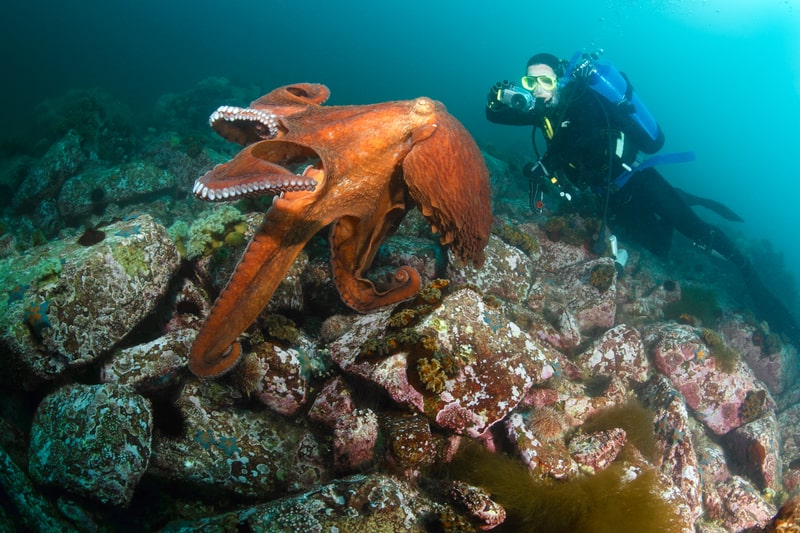
Brain and body
21. The octopus has the highest ratio of brain-to-body mass among invertebrates. Its 500 million neurons are comparable to dogs. Only a third are in the brain, with the rest scattered across their body. Most are in their arms.
Problem solver
22. The octopus can solve puzzles and navigate mazes. It can open twist-top bottles to reach tasty snacks. Like humans, it can turn objects into tools. Rocks become den doors, and clamshells become shields.
Excellent Observers
23. Every octopus grows up an orphan with no mother to teach survival skills. However, it quickly learns from observing others. It remembers successful hunting tactics for different prey, including the best time and place to find each.
Curious creatures
24. Octopus curiosity is insatiable. Its arms play with strange items like shoes and bottle caps. It may shoot water to move distant objects. Captive octopuses require continuous stimulation, usually as toys and puzzles.
Intolerant to boredom
25. Boredom can be dangerous. Otto, an octopus in a German aquarium, learned to turn off a spotlight by squirting it. His experiment shorted the entire electrical system for days. He also juggled his tankmates and smashed the glass with rocks.
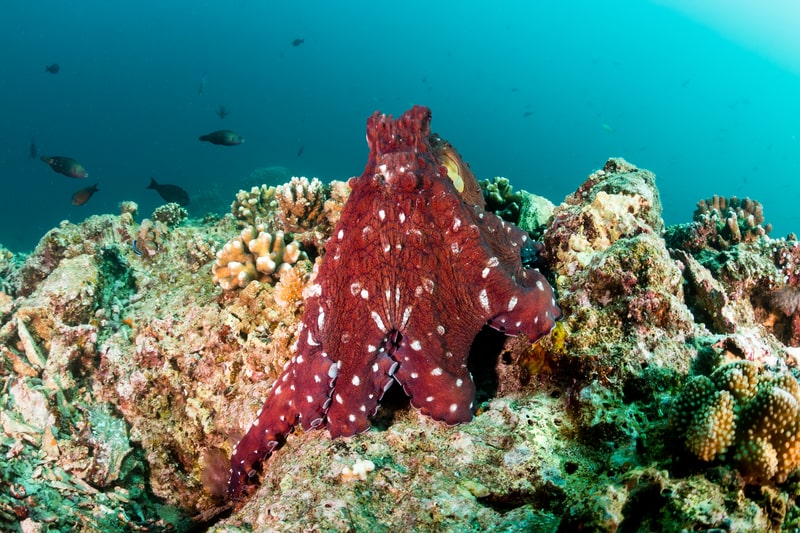
Alone, except?
26. Octopuses are solitary creatures. They live alone except during the mating season. Males are smaller than females, with some species having a skewed ratio of 10,000:1. If males are not careful, they could end up as dinner for their mates.
Reproduction
27. Stealth is health. Over millions of years, males developed a safer way to mate: a detachable sperm appendage that can deliver the package while they stay at a distance. They still die weeks after mating, but at least they passed on their genes.
Good mothers
28. Octo-moms are dedicated guardians. They spend their remaining days caring for their eggs. They do not leave to feed for months or years. They keep predators away and clean the clutch to prevent bacterial growth.
Plenty of eggs
29. It is a numbers game. Octo-moms lay 10,000 to 80,000 eggs, but few survive to maturity. These look like bundles of grapes on rocks. Once they hatch, they float to the surface to eat plankton. Their moms fade and pass away.
Lifespan
30. Octopuses have a short life. They last between 6 months to 5 years in the wild. Most only mate once. Their digestive glands shut down once their reproductive organs mature. They slowly degenerate due to starvation and cell damage.
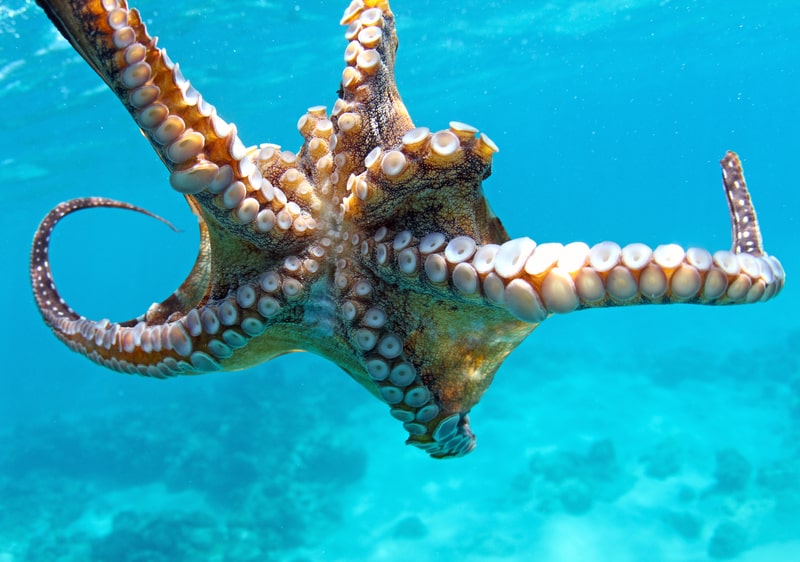
In art!
31. Ancient Minoan seafarers made octopus-inspired art, including clay pottery depicting the arms in detail. Their stone carvings show a fisherman carrying an octopus carcass.
In mythology
32. The Gorgon of Greek mythology partially resembles the octopus, specifically the severed head of Medusa. Later myths claim that Gorgons were daughters of sea monsters Keto and Phorcys.
33. Norwegian sailors feared the mythical Kraken. The giant monster attacked ships and men. If entangled in hooks, fishermen must pronounce its name to make it leave. In the 1700s, missionaries recorded suspected encounters with the colossal octopus.
A destructive octopus
34. In 1866, Victor Hugo published Toilers of the Sea, a novel about the struggles of a small island community against a destructive octopus, with the hero facing the menace head-on. It inspired the Ian Flemming short story Octopussy and the James Bond film of the same name.
A sea monster
35. The native Ainu of Northern Japan revere a sea monster called Akkorokamui. It has multiple arms and a massive body. Shinto adopted this belief, worshiping it as a deity who heals and bestows knowledge.
When up against humans
36. The octopus generally avoids humans and only fights when threatened. It may bite if stepped on, but these are small and painless. The swelling goes away within 24 hours.
When hungary
37. A hungry octopus may try to steal the catch in nets and traps. It is a risky strategy because the creature may not get out in time. The octopus is a delicacy in Asia and the Mediterranean.
. . . continue reading on the next page
